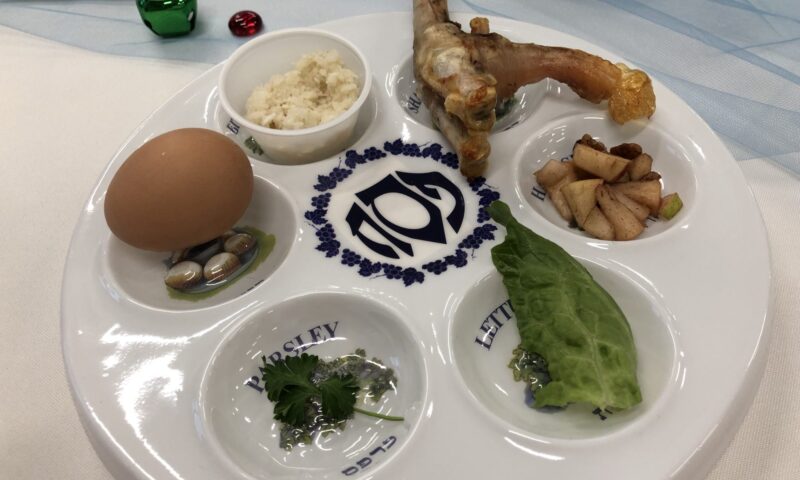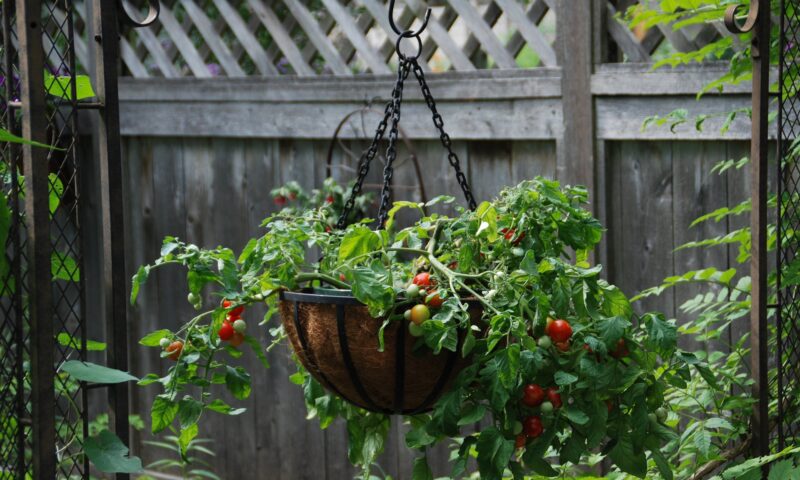(Pictured: President Donald Trump is eyeing big changes within the Social Security Administration.)
By Taylor Shurman
With the Trump administration making big changes at the Social Security Administration (SSA), many older adults are increasingly concerned about what these developments mean for their benefits. The February announcement of a significant “organizational realignment” at SSA has brought renewed attention to the program’s future as the newly created Department of Government Efficiency (DOGE) begins its work across federal agencies.
Any changes to the program create uncertainty, especially for the millions who rely on Social Security income. To better understand their concerns, Seniorliving.org conducted a wide-reaching study of older and younger American adults. The survey asked whether they’re confident in the program’s future and what policy changes they expect in the next four years as DOGE dives into the agency.
Expectations about Trump’s impact on Social Security differed among age groups. Overall, 51 percent of respondents to the survey believe Trump’s policies will hurt Social Security, while 30 percent expect them to have a positive impact. Among older adults (60-plus years old), 37 percent think his policies will improve the program—more than any other age group. Meanwhile, 60 percent of adults aged 30 to 44 expect a negative impact, making them the most skeptical.
When survey participants were asked to explain why they felt positive or negative, their opinions fell into a few categories. Many who felt optimistic believed Trump’s economic policies could strengthen the program through job growth and increased revenue, while his promises to protect benefits reassured them. Some saw possibilities in congressional collaboration and considered proposals like benefit tax cuts or limited privatization as beneficial reforms that could enhance financial freedom for retirees and improve investment returns.
Many who felt the Trump administration would negatively impact Social Security feared potential benefit reductions that would harm vulnerable populations, and they worried that Trump might prioritize the interests of wealthier Americans at the expense of the program’s financial stability. Some questioned whether the administration truly understands the importance of Social Security to the average American. They expressed anxiety about unpredictable policy shifts that could undermine this critical safety net for millions of retirees and people with disabilities.
Early in his second term, President Trump announced a plan to cut payroll taxes, which could increase workers’ paychecks but eliminate a key funding source for Social Security. Experts warn this could push the program closer to running out of full funding, possibly resulting in earlier benefit cuts.
If this plan goes into effect, Social Security could run out of full funding three years earlier than expected—moving the insolvency date from 2034 to 2031, according to the Committee for a Responsible Federal Budget. Cutting payroll taxes would also create a $2.3 trillion budget gap over the next 10 years and force a 33 percent benefit cut by 2035 instead of the 23 percent reduction in scheduled benefits currently expected under existing law.
Beyond the payroll tax cut, Americans believed Trump might make other changes to Social Security during his term. Sixty percent of Americans in the study believe the Trump administration will attempt to raise the retirement age, which would be a controversial plan. Another 52 percent expect reductions in the amount of benefits for recipients.
Raising the retirement age isn’t a new idea. The Congressional Budget Office (CBO) estimates that increasing it to 70 could help keep Social Security funded longer. Still, it would hit lower-income workers harder since they depend more on these benefits.
History shows that Social Security reforms are politically challenging. Past proposals to raise the retirement age or cut benefits have met strong public opposition. In 2005, President George W. Bush’s attempt at partial privatization failed due to bipartisan resistance. Even if Trump pushes for changes, major reforms won’t happen without Congress’s support.
Some argue that Social Security spending is unsustainable and that a massive overhaul is needed. DOGE, led by billionaire entrepreneur Elon Musk, has been set up to cut waste and streamline federal programs, including Social Security. Musk has claimed that SSA is riddled with fraud and must be thoroughly audited to reduce government spending.
While DOGE supporters say it could reduce government inefficiencies, some fear it could be used to justify significant Social Security cuts. The seniorlist.org survey results show mixed opinions on DOGE: Older adults were slightly more likely to support it, but more respondents opposed the idea than favored it overall. Among those 60 and older, 42 percent viewed DOGE favorably, but nearly half opposed it. Younger adults were the most doubtful, with 60 percent of those under 30 and 63 percent of those 30 to 44 viewing DOGE negatively.
Recent developments confirm DOGE’s involvement with the SSA. On Feb. 21, SSA announced an “organizational realignment” of its Office of Analytics, Review, and Oversight, which has overseen SSA’s anti-fraud efforts. Those services have been moved to other parts of the agency.
SSA also announced plans to reduce its workforce by about 7,000 employees, which would leave a total of about 50,000 workers nationally.
Critics of personnel reductions have said less staff and office closures will make it harder for people to access Social Security services, apply for benefits, and resolve issues. If the cuts continue, long wait times and service disruptions could get worse.
Source: Seniorliving.org, which provides information and research on topics affecting older adults.


